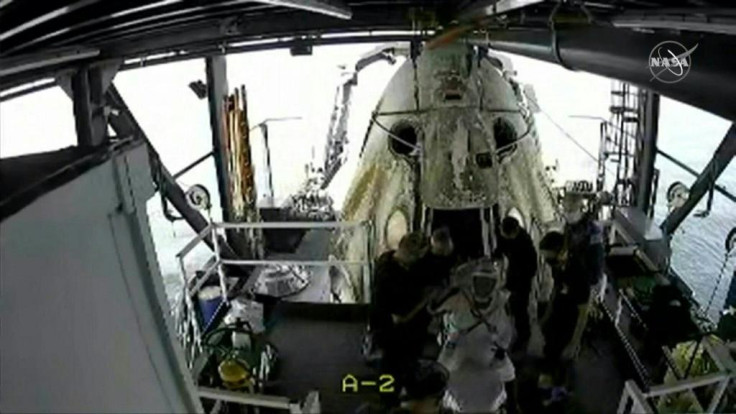NASA invites volunteers to help them search alien worlds through online platform
NASA wants citizen scientists to assist them in searching for exoplanets in thousands of images captured by TESS over a period of two years.
NASA is calling out to citizen scientists to assist them in their search for worlds beyond our solar system. The space agency has launched a project called Planet Patrol to find new exoplanets.
According to NASA, astronomy enthusiasts and amateur scientists will get an opportunity to work with the experts as they rummage through images collected by NASA's Transiting Exoplanet Survey Satellite (TESS). As a part of the projects, volunteers have the task of determining with TESS images feature "signals from potential planets" and which ones are simply "planet impersonators."
Want to help discover new worlds?
— NASA Exoplanetsâ˜ ï¸ Where every day is Halloween (@NASAExoplanets) September 30, 2020
You can work with astronomers and help @DoNASAScience through a new @NASA platform that allows the public to sort through star-studded images collected by our Transiting Exoplanet Survey Satellite🛰 (TESS). https://t.co/WMBVbuMURn pic.twitter.com/mnniSpDKoc
"Automated methods of processing TESS data sometimes fail to catch imposters that look like exoplanets," project leader Veselin Kostov, a research scientist at NASA's Goddard Space Flight Center in Greenbelt, Maryland, and the SETI Institute in Mountain View, California said in a statement.
"The human eye is extremely good at spotting such imposters, and we need citizen scientists to help us distinguish between the look-alikes and genuine planets," he added.
TESS is a space telescope launched on April 18, 2018, as part of NASA's Explorers program. The prime objective of the mission remains to search for exoplanets using the transit method. It uses an array of wide-field cameras that allows the telescope to survey transiting planets. So far, TESS has collected hundreds of thousands of images that scientists believe can be analysed only with some extra help.
The project leader believes that the human eye can help them accomplish the task better than carefully crafted algorithms.
The new online platform is a collaboration of scientists from NASA Goddard Space Flight Center, Space Telescope Science Institute, SETI Institute, NASA Jet Propulsion Laboratory, and Zooinverse. The volunteers are required to answer a set of questions for the scientists that will help them narrow down their search for exoplanets.
"We're all swimming through the same sea of data, just using different strokes," said Marc Kuchner, the citizen science officer for NASA's Science Mission Directorate.
While the project currently aims to work on images captured by TESS, Kuchner reveals that later it may also include light curves for those images.

Planet Patrol is a project funded by the Sellers Exoplanet Environments Collaboration at NASA's Goddard Space Flight Center in Greenbelt, Maryland.
© Copyright IBTimes 2025. All rights reserved.





















